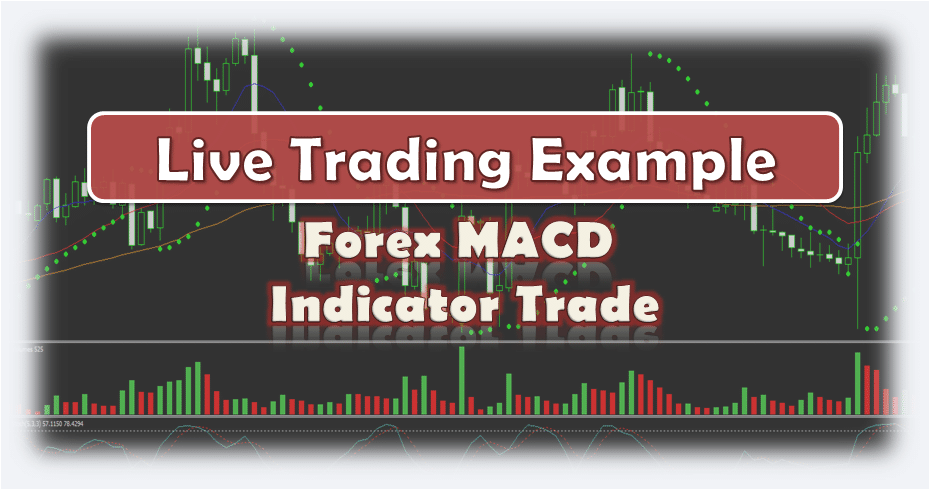This time I will be showing you how to use the MACD indicator. The trade shows a bullish divergence between the price action and the Forex MACD which was the reason for the long trade I took with the USD/CAD.
Signals for the Forex MACD Trade
- The MACD indicator lines were showing increasing bottoms while the bottoms of the price action are still decreasing. This confirmed a bullish divergence on the chart.
- The bullish MACD divergence came after a crossover of the Forex MACD lines.
- The lines started an increase afterward.
- Meanwhile, the price action has approached the upper level of a Falling Wedge chart pattern.
- A breakout through the upper level of the wedge occurred, which was the trigger of the long trade.
Stop Loss and Target with the MACD Indicator
I placed a Stop Loss order below the lowest bottom of the Falling Wedge chart pattern. Notice that the SL was on a relative distance from the price action. The reason for this is that I am not aiming to get the Stop hit in case of a losing trade. The idea is to rely on the MACD indicator and the price action rules for closing a winning or a losing trade. The purpose of the Stop Loss is to be there in case of a big volatile price move against my trade.
The target on the chart is not predefined. I entered the trade without having an exact idea for how long I will hold it. Nevertheless, I placed the minimum target suggested by the Wedge.
Live Trading Example
The price reached the minimum target suggested by the Falling Wedge chart pattern. However, I held the trade further since the MACD indicator was showing a price increase. Suddenly, the price created a sideways move and a sudden drop that made the two Forex MACD lines to create a bearish crossover.
This is why I immediately exited the trade without even managing to shoot the exact moment of the exit. Bottom line, I collected 16 pips with this trade that equals to 0.11% profit for about 1 hour of trading.
